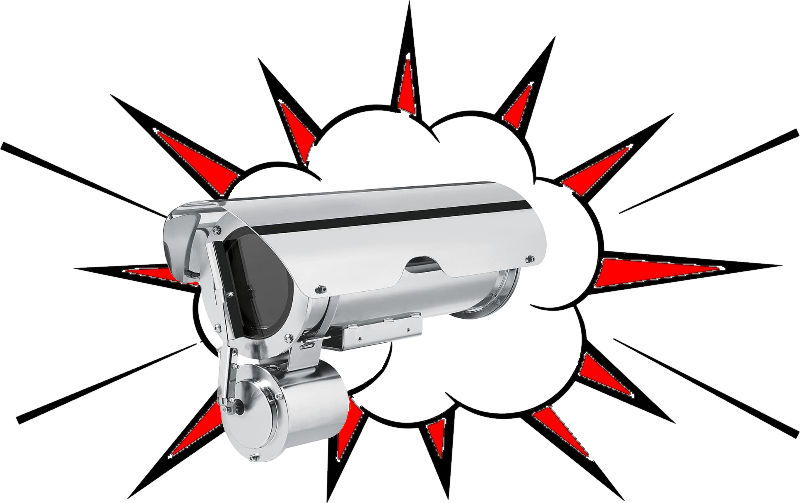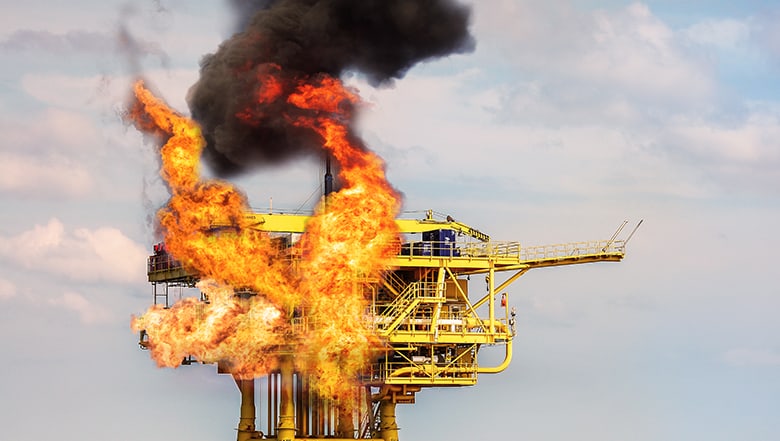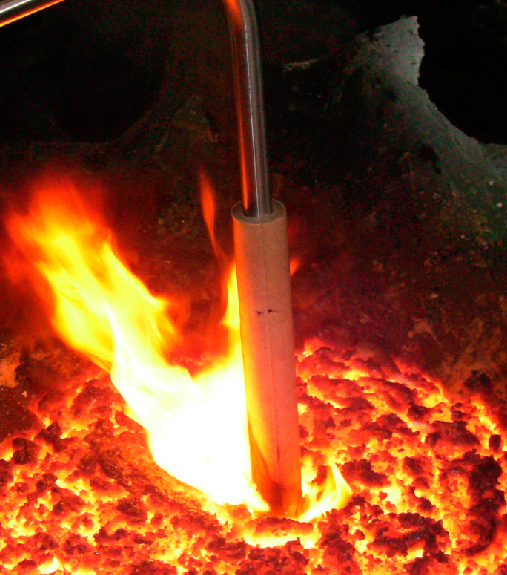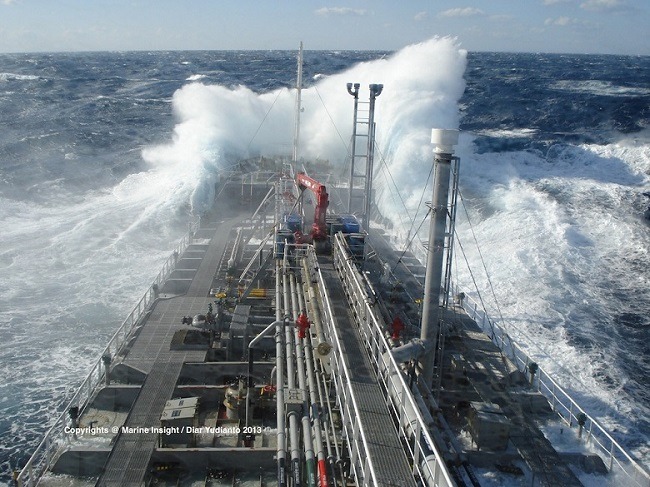Explosion-Proof Cameras, High-Temperature Viewing, and Other Enclosures for Extreme Environments

Unfortunately, the need for special equipment is only discovered after the first disaster. When electric power was first used in coal mines, the lethal explosions prompted the changes in the electrical engineering standards. It became apparent that sparks had to be prevented when there was coal dust or methane gas present.
How do you prevent an explosion? What camera can you use on an oil rig or in a coal mine where the gases or dust could cause an explosion? How about a camera that can view the scorching gases of a rocket launching into outer space? These are not your standard CCTV surveillance cameras. Special explosion-proof enclosures are required.
The explosion-proof and other extreme environment cameras systems include special enclosures that protect the IP camera. This article reviews how industrial IP camera systems are protected in extreme environments.
Explosion-Proof Enclosures and Cameras
Explosion-proof enclosures and complete IP camera systems are designed to operate in hazardous areas. These areas contain flammable gases and dust that can be triggered by a spark or high temperature.

Explosion-proof cameras and their enclosures are designed for use in refineries, gas pipelines, oil tankers, offshore platforms, industrial processes, chemical industries, etc. These environments can contain explosive gases or dust that can result in catastrophic accidents. Any electronic equipment can create a small spark. In normal environments, this may not cause any problem, but if there are flammable gases present, there could be an explosion.
Explosion-proof cameras provide three characteristics that prevent disasters.
- First, they keep the gas and dust out of the container that holds the camera. Gaskets are used to seal any openings including where the cables enter. Usually, it also means that the housing is pressurized, so there is a positive pressure between the inside and outside of the housing.
- Second, they assure that even if the gas enters and causes an internal explosion, the damage is confined to the inside of the enclosure.
- Third, they assure that the outside temperature of the enclosure is less than 80% of the auto-ignition temperature of the specific gas or vapor in the room.
To be considered explosive-proof, the IP camera system must meet the standards defined by ATEX or IECEx. IECEx is an international standard, while the ATEX directive was created to protect workers from explosive risks and provide common standards for equipment traded within the EU. These related standards define the type environment and the protection level provided by the equipment. UL (Underwriters Lab) in the United States has also defined designations for various hazardous locations.
High-Temperature Camera Systems

How would you like to view the inside of a blast furnace? This requires special protection that includes liquid-cooled enclosures. High-temperature environment enclosures can operate in extremely hot environments such as blast furnaces, or rocket test viewing.
These extreme environment enclosures are constructed from electropolished stainless steel and consists of a body with a double chamber for the circulation of a cooling liquid or air.
One example of an enclosure uses quartz glass and liquid cooling. It can protect the camera in working environments up to 400°C (752°F).
Cameras for Harsh Corrosive Environments

Do you want to use a camera on the rolling deck of a freighter, or at the beach? A standard aluminum housing will corrode in the salt-air conditions. A stainless steel enclosure is best for these harsh environments.
Protective housing material protects the IP cameras in areas such as industrial chemical, petrochemical, marine, naval, and offshore platforms. The housing is made from electropolished and passivated AISI 316L stainless steel for maximum protection against deterioration.
The camera enclosures are sealed to prevent water from entering and destroying the camera. These protected IP camera systems can be used on board a ship at sea, in chemical factories, or at the seashore where salt air can damage the electronics. They can also be used in places such as tunnels and high-pollution areas, in underwater monitoring systems, or for the management of industrial processes.
A weatherproof housing is used to protect the camera from harsh environments. The housings should meet IP66, IP67, or IP68 ratings. These IP codes are part of the IEC standard and are defined as the Ingress Protection Marking. For example, an IP66 rating will protect the camera from a powerful water jet, while IP67 indicates that the enclosure can be immersed in water. The higher the last number, the more protection is provided. The IP68 rating says that the equipment can be submerged in deeper water. For example, some pressurized enclosures are submersible down to 40m (130ft). The enclosures also provide protection against the entry of dust.
In some environments, it is necessary to keep the lens of the housing clean. These housings include an air barrier for cleaning or cooling of the front window or have a wiper.
To learn more about cameras for extreme environments and explosion-proof applications, please contact us at 800-431-1658 in the USA, or at 914-944-3425 everywhere else, or use our contact form.